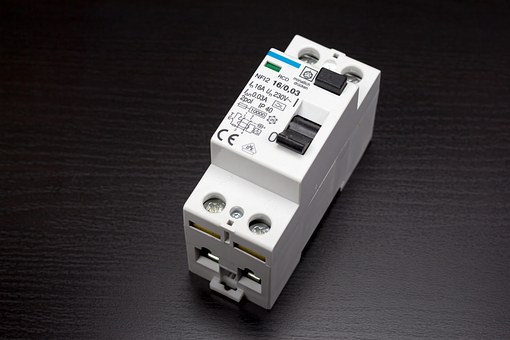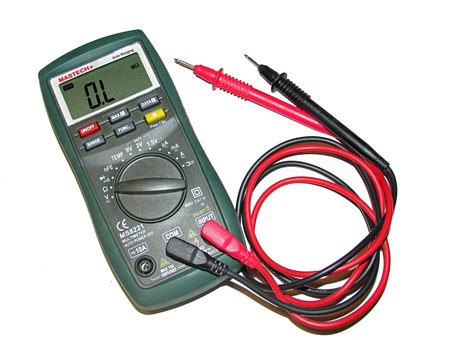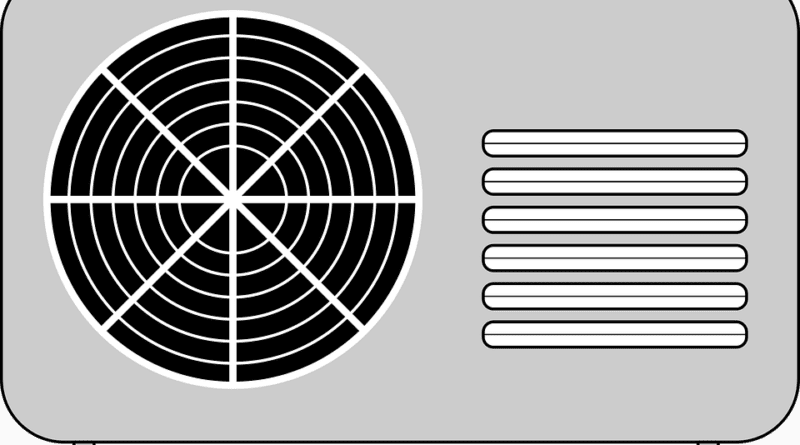Tips For Repairing And Diagnosing Appliances
Most of the appliances used at home are based on the electrical systems. They derive or use current from the power boards positioned on the house’s walls. Some of these appliances require a voltage of 110 volts while the bigger ones such as air conditioners, rangers and dryers require 220 volts. Just like any other item, appliances should be repaired when they are not working. They should also be repaired when their efficiency is below the expected levels to enhance their performance. The following tips will help you in repairing some of these appliances on your own.
Repairing of the common appliances
You should follow the following rules when repairing your appliances. These rules will help you in saving money and time when do doing the various types of repair. Failure to follow them might lead to further damage to the appliances.
 Disconnecting the power or gas supply to your appliances before you start doing the diagnosis. After fixing the device, you should avoid touching it when the power is on. You are advised to resume power once you are through with the repair and then observe the device from a distance.
Disconnecting the power or gas supply to your appliances before you start doing the diagnosis. After fixing the device, you should avoid touching it when the power is on. You are advised to resume power once you are through with the repair and then observe the device from a distance.
For the screwed component, you should remove the bolts and screws and then do the repair on the various components individually. This is safer than repairing components which are stuck together. You sold hire a professional to do the repair on your behalf in case you have some components which are held together by use of rivets or welds.
Any broken or malfunctioning parts of your appliances should be replaced with new ones instead of repairing them. You should use a similar part as a replacement if you are unable to obtain a similar one. However, you are advised to make sure that you have read all the manufacturer’s instructions before installing a new component.
Diagnosis and testing
A problem can only be identi fied once the appliance has been plugged in properly. The appliance being tested should be in working condition. The outlet voltage of the appliance should be tested using a voltage meter to find out if the device is in good working condition. The following steps should be followed when diagnosing and testing the appliances.
fied once the appliance has been plugged in properly. The appliance being tested should be in working condition. The outlet voltage of the appliance should be tested using a voltage meter to find out if the device is in good working condition. The following steps should be followed when diagnosing and testing the appliances.
Ensure that the fuses and circuit breakers are not blown or tripped. Most of the home appliances running on 200 volts have their electrical panels. Such appliances include the rangers and air conditioners. These panels should be inspected or checked to ensure that they have do not have blown or tripped fuses. For those devices which use gas or water, you should ensure that the gas or water supply is not stopped.
A manual can help you in finding some solutions to the problems facing your devices or appliances. You can obtain manuals from the manufacture’s website if you do not have one.

